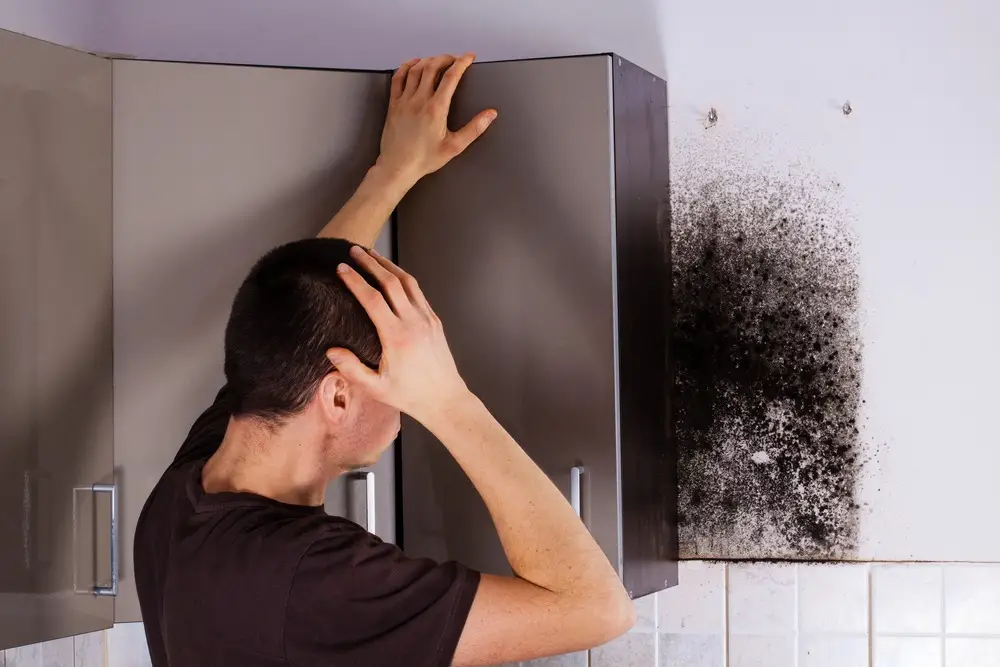
Black Mold Exposure
Black mold exposure is a growing concern for homeowners, renters, and anyone who spends time in buildings with high humidity or water damage. While black mold may not always be visible, it can produce toxins that can cause a range of health problems. These problems range from respiratory issues to neurological symptoms. Understanding the risks and symptoms of black mold contamination is essential for protecting your health and well-being.
Risks of Black Mold Exposure
Exposure to black mold can have serious health risks. Here are some of the potential risks:
- Respiratory problems like coughing, wheezing, and difficulty breathing
- Headaches, fatigue, and memory problems
- Irritation of the eyes, nose, and throat
- Skin rashes and other allergic reactions
- Neurological symptoms like tremors and mood swings
Symptoms of Being Exposed to Black Mold
The symptoms of being exposed to black mold can vary depending on the person and the extent of the exposure. Here are some of the most common symptoms:
- Respiratory problems like coughing, wheezing, and shortness of breath
- Irritation of the eyes, nose, and throat
- Headaches, fatigue, and memory problems
- Skin rashes and other allergic reactions
- Neurological symptoms like tremors and mood swings
Who is at Risk of Black Mold Exposure?
Anyone can be at risk of black mold exposure, but some people may be more vulnerable. Here are some of the factors that can increase the risk of contamination:
- Living in a home with high humidity or water damage
- Spending a lot of time in a damp or humid environment
- Having a weakened immune system
- Having a pre-existing respiratory condition like asthma
How to Prevent the Exposure?
Preventing black mold exposure starts with identifying and addressing areas of moisture in your home. Here are some tips for prevention:
- Fix any leaks or areas of water damage as soon as possible
- Keep humidity levels below 60% by using dehumidifiers or air conditioners
- Use exhaust fans in bathrooms and kitchens to remove excess moisture
- Clean and dry any areas affected by water damage within 24-48 hours
Diagnosing Black Mold Contamination
Diagnosing black mold exposure can be difficult, as the symptoms are similar to those of other respiratory or allergic conditions. Your doctor may perform a physical exam and direct you to blood tests, allergy tests, or imaging tests to help determine the cause of your symptoms. If there is black mold in your house or workplace, be sure to mention this to your doctor.
Treating the Exposure
Treatment for black mold exposure depends on the severity of your symptoms and the extent of the contamination. If you have mild symptoms, your doctor may recommend over-the-counter antihistamines or decongestants to relieve your symptoms. If your symptoms are severe, your doctor may prescribe corticosteroids, which can help reduce inflammation and improve breathing. In some cases, you may need to be hospitalized for treatment.
Professional Mold Remediation Services
If you suspect that your home or workplace has black mold, it is important to contact a professional mold remediation service. These professionals can assess the extent of mold growth and take steps to remove it safely and effectively. They can also help identify and address any underlying moisture problems that may be contributing to mold growth.
Preventing Black Mold Exposure
The best way to prevent black mold contamination is to prevent mold growth in the first place. Here are some steps you can take to reduce the risk of mold growth in your property or workplace:
- Keep the humidity levels low: Utilize an AC or dehumidifier to keep indoor humidity levels between 30-60%
- Fix leaks: Fix water damage or any leaks as quickly as possible to prevent mold growth
- Use mold-resistant products: Consider using mold-resistant drywall, paint, or other building materials in areas that are prone to moisture
- Ventilate: Use exhaust fans in the kitchen, bathroom, and laundry room to reduce moisture and improve airflow
- Clean and dry surfaces: Clean and dry surfaces regularly that are prone to moisture to prevent mold growth
- Control indoor humidity levels: Utilize a hygrometer to inspect the level of indoor humidity levels and modify them if levels increase above 60%
Conclusion
Being exposed to black mold can have serious health risks. It’s highly important to be aware of the symptoms and take removal steps. Let the experts of ECOS identify and address areas of moisture in your home and remove the black mold from your property. If you suspect that you have been exposed to black mold, seek medical attention and consider contacting ECOS.

